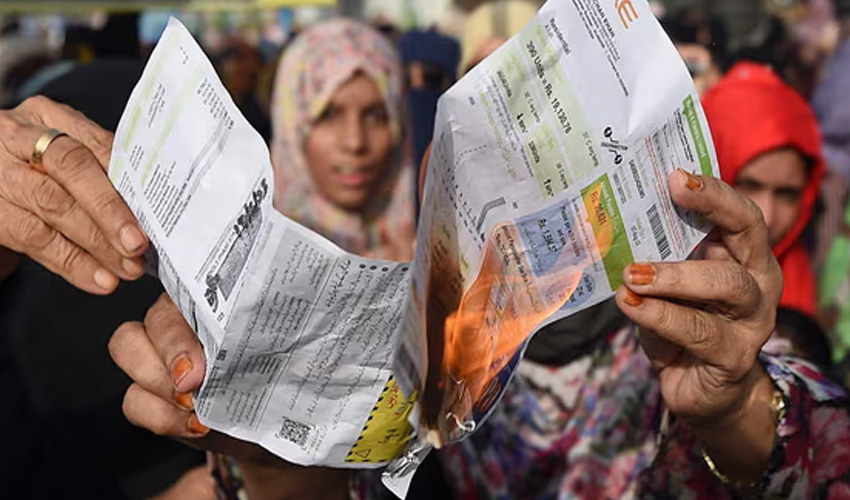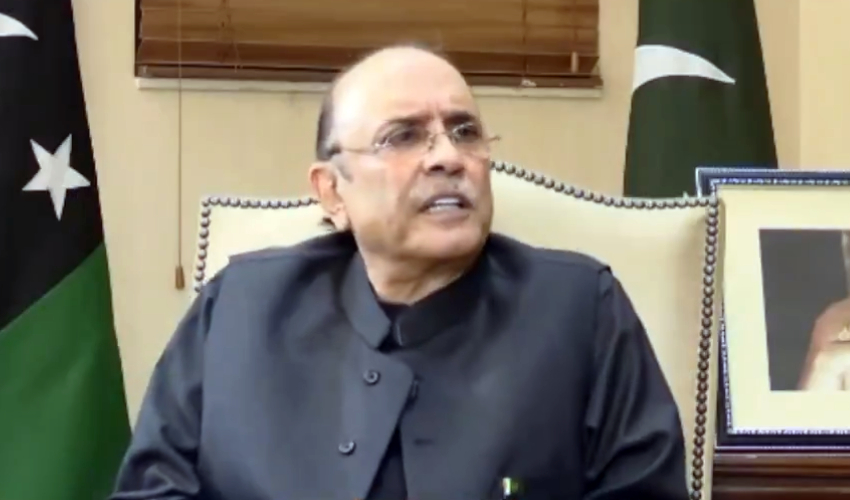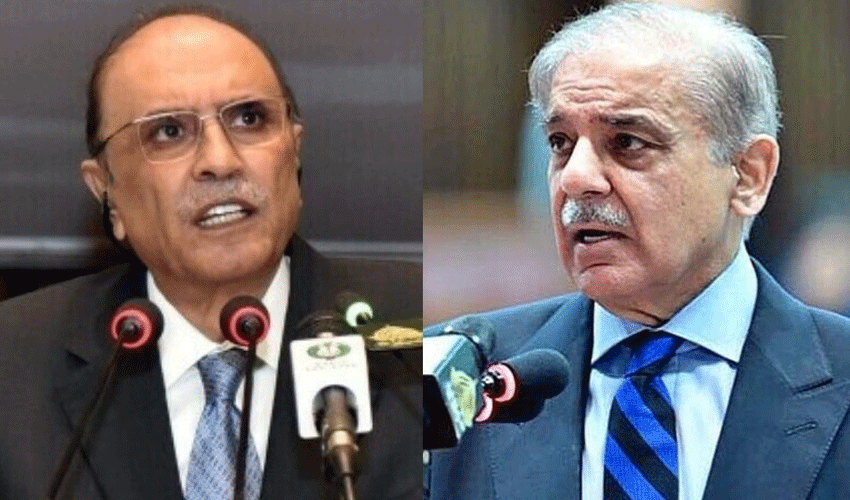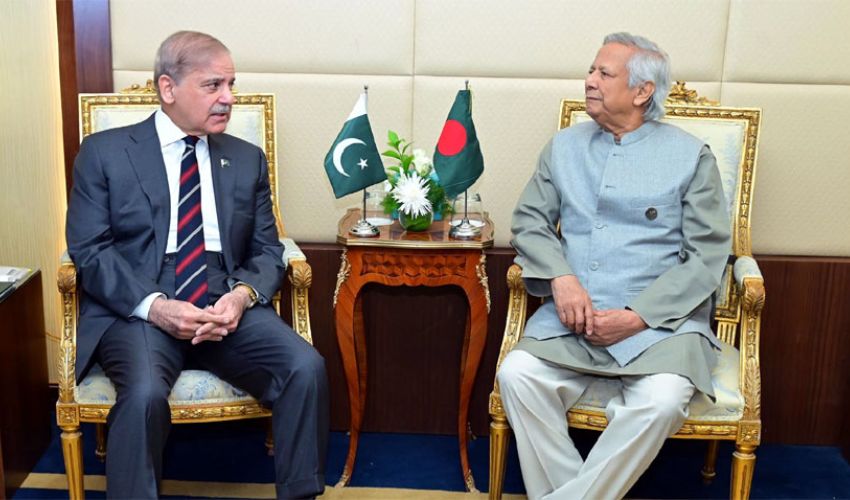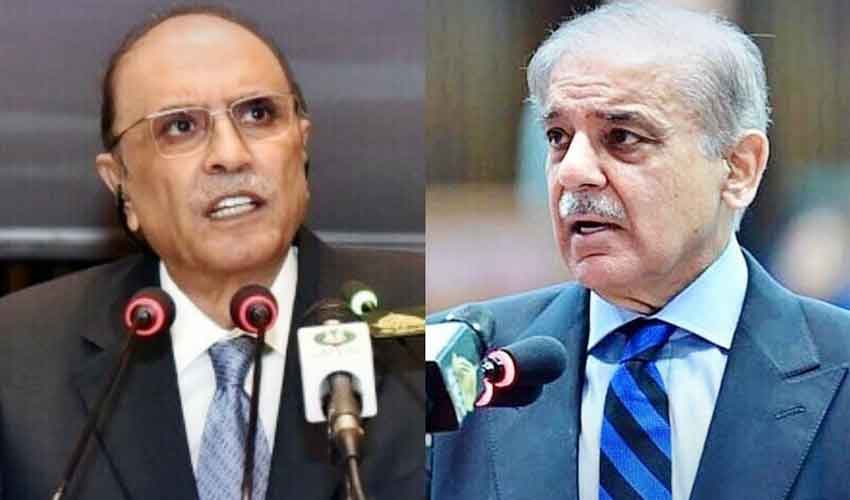In a year marked by unprecedented economic challenges, the electricity and gas consumers of the nation find themselves grappling with an astronomical burden, as a staggering additional cost of more than Rs2200 billion has been imposed on them in 2023.
The surge in prices has left citizens reeling, with the basic tariff for electricity soaring to an alarming Rs10.73 per unit.
IMF conditions and circular debts
Under the IMF terms, a subsidy amounting to Rs65 billion has been abolished, impacting both the export sector and farmers who were benefiting from the package. This move, though part of a broader economic strategy, has placed an onerous burden on ordinary citizens already navigating through a sea of economic challenges.
Despite the monumental increase in electricity and gas prices, the circular debt in both sectors has reached unprecedented levels, surpassing a staggering Rs5.5 trillion.
The very sectors tasked with providing essential services to the nation are now grappling with financial turmoil, adding to the already strained economic landscape.
Gas tariff: A double blow
Gas consumers faced a double whammy with tariffs being raised by 120% and then an astounding 200%, leaving households and businesses alike struggling to cope with the financial strain.
Consumers are left to bear the weight of quarterly and monthly adjustments separately, further exacerbating the financial crunch.
An additional surcharge of Rs3.23 per unit, implemented since July, adds to the growing list of grievances.
Staggering hike in electricity costs
The basic electricity tariff, hiked an astonishing 10 times in various 12 monthly adjustments throughout the year, has placed an overwhelming Rs800 billion additional burden on the already beleaguered consumers.
In a year marred by economic challenges, consumers are slapped with an additional burden of Rs55 billion due to late payments. Another Rs263 billion has accumulated through various quarterly adjustments, making the cost of electricity an increasingly unmanageable burden.
As citizens grapple with the aftermath of these economic policies, questions loom large about the sustainability of such measures and their long-term impact on the economic well-being of the nation.





